Short presentation and technical data
With the Luna Eclipse 2.1 e325, Edifier has provided the two already quite confident2.0 boxes of the Luna Eclipse e25, which we tested in 2015, with a potent subwoofer in the Kenny look, whose appearance will surely be just as polarizing as the Luna design of the smaller stereo system. The whole thing is also available in several colors, but so far only black and red have made it to Germany. The two smaller boxes, which look like notched, slightly bitten smarties, have (as well as the Kenny subwoofer, of course) a very sensitive glossy surface, which however feels much more valuable than what is usually considered a piano lacquer optics. is served up.
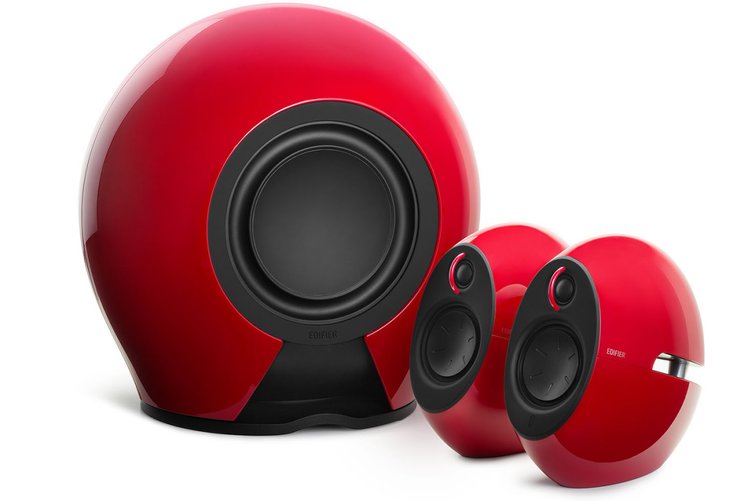
The scope of delivery is appropriate. Thus, next to the power supply, the usual 3.5 mm jack cable with RCA adapter, is the optical TOSLINk cable. the power cable for the subwoofer and the external cable power supply for the satellites also conveniently also a microfiber cloth for cleaning the very sensitive surface. The remote control in the pseudo-aluminim look, on the other hand, does not look as high-quality and has only rudimentary functions. But there's more to it.
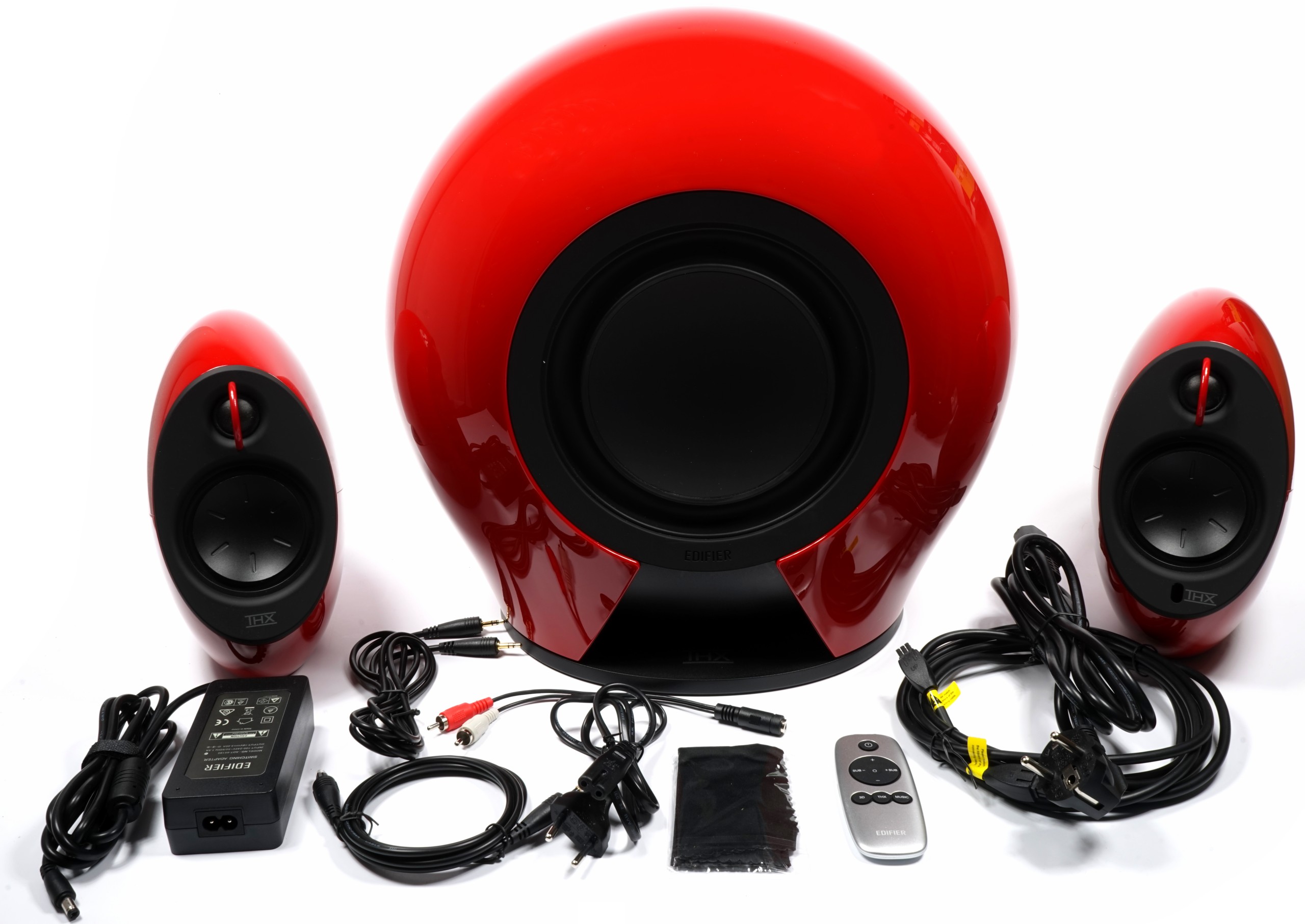
Connectivity and Usability
The two satellites of the Edifier Luna Eclipse are slightly tilted backwards and thus radiate slightly upwards; in addition, the compact sound system scores with a small required footprint. Edifier dispenses with the usual bass reflex tube and instead relies on a passive membrane for the low-tone range, as we also use from many mobile, small-volume Bluetooth speakers or the large Edifier 760D or edifier 760D. 730D.
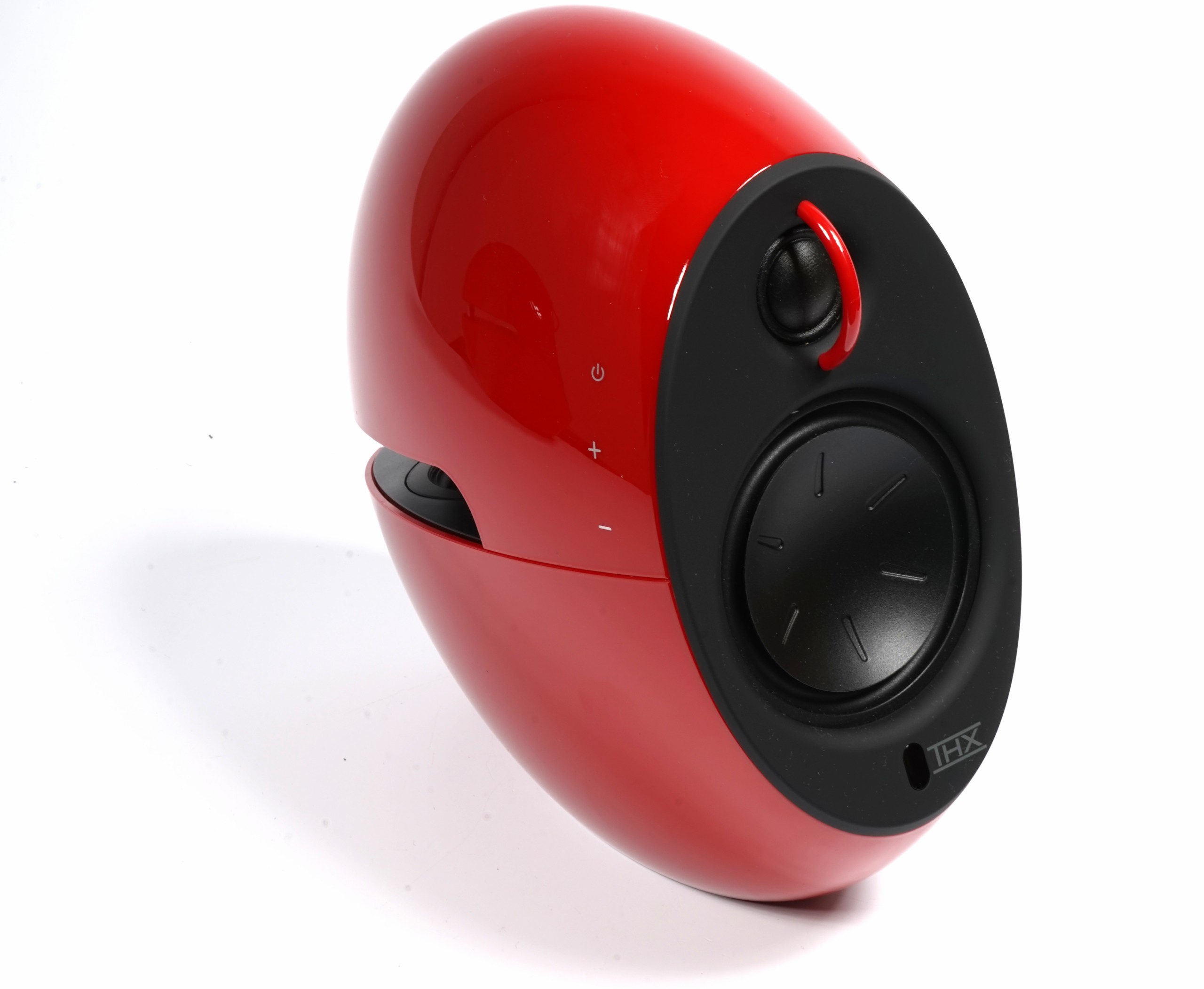 |
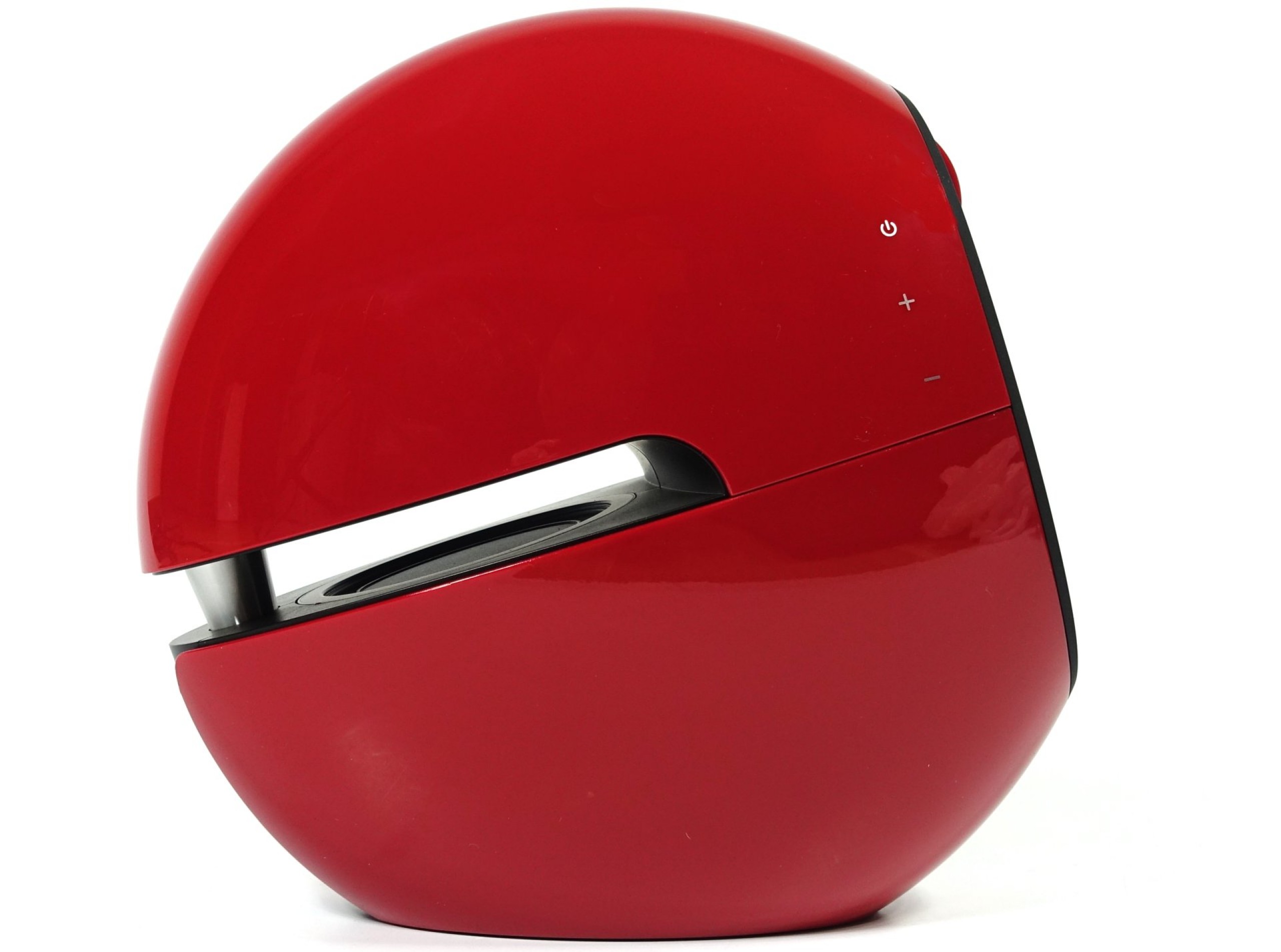 |
This has its charm, because the negative influence of rear walls or furniture backs is completely eliminated. What looks stylish is therefore still a fine, technical finesse with the 2.1 system, because the radiation behavior created in this way is not even uncool if you sit appropriately.
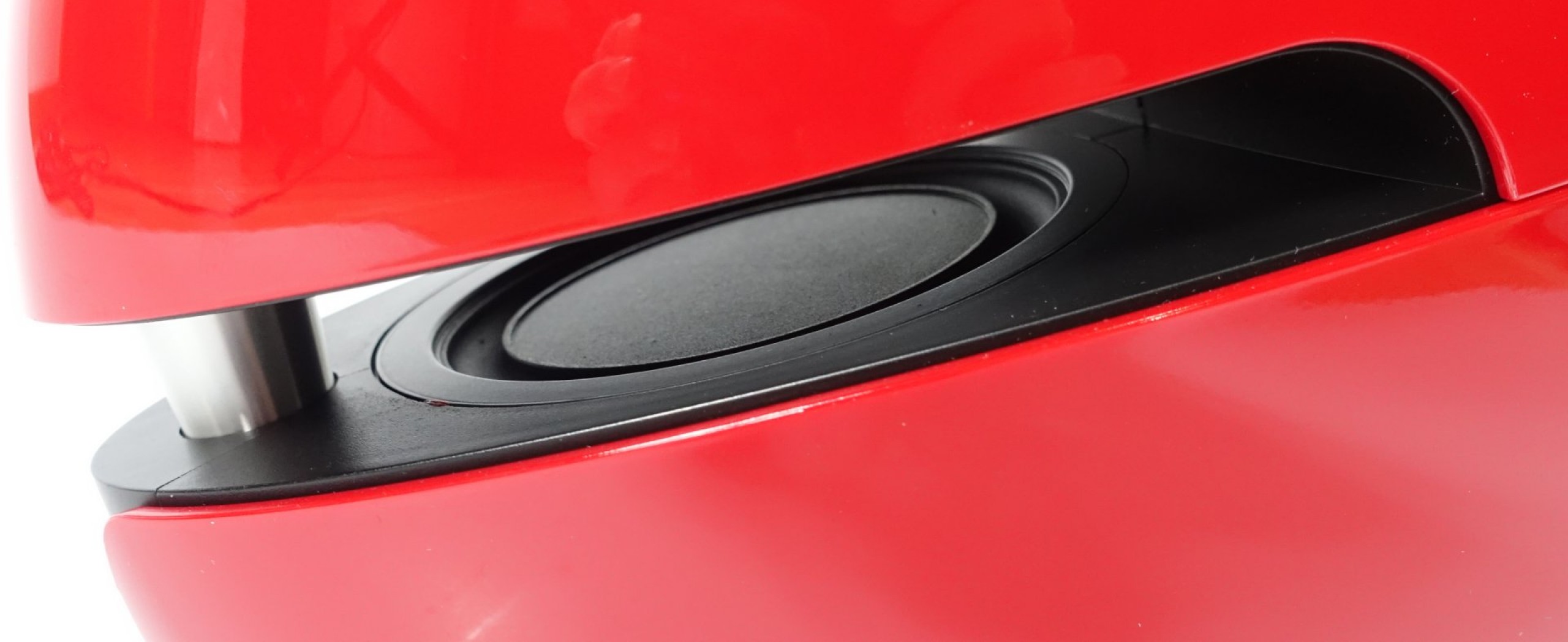
The function keys on the right side of the active speaker are sensitive, but over time you can also see the traces of the actuation, which can be removed quite quickly with the enclosed cloth. The swipe gestures between the plus and minus buttons (swipe motion function) for rewinding and rewinding the music tracks in Bluetooth mode as well as for disconnecting the Bluetooth connection work without problems, as with the stereo version.
The remote control offers a combined on/off button, which is used in the switched-on mode at the same time by short pressing for the source switching for the signal input. This always worked safely, but the system starts again and again in analog mode (Aux) after switching on, so that you always have to press twice when using Bluetooth. Unfortunately, there is no memory function for the last range selection.
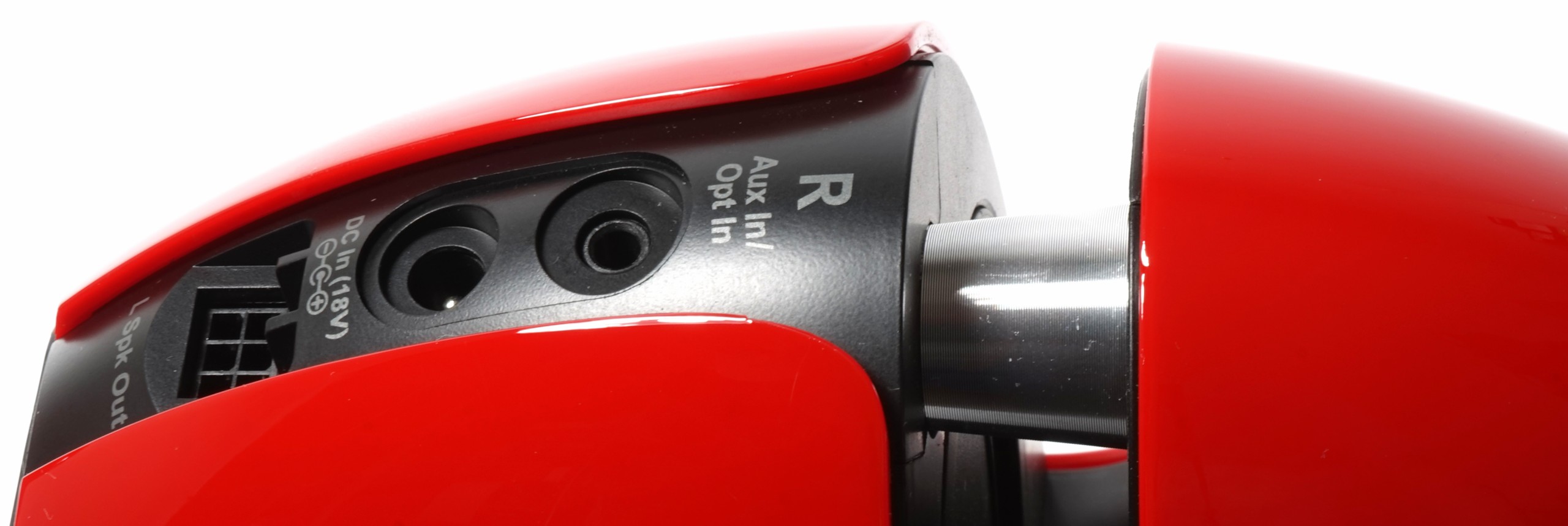
The connection via Bluetooth is stable within the room up to about nine meters and the pairing is very easy. However, you can also use the analog 3.5 mm jack input at the back for direct, wired connection, which has been cleverly and space-savingly combined with the optical input. The two loudspeakers are connected via a proprietary cable, which unfortunately cannot be extended. The plug-in power supply is also connected to the right loudspeaker on the back.
Edifier again relies on two Class-D power amplifiers per channel for the satellites inside, whereby the active crossover is solved by means of DSP. The mid-to-ground toner and the tweeter of each box are therefore controlled separately, which offers advantages. Due to the high efficiency, the digital output also guarantees a fairly cool operation of the loudspeakers, even though the available sine power is at the 50 watt limit.
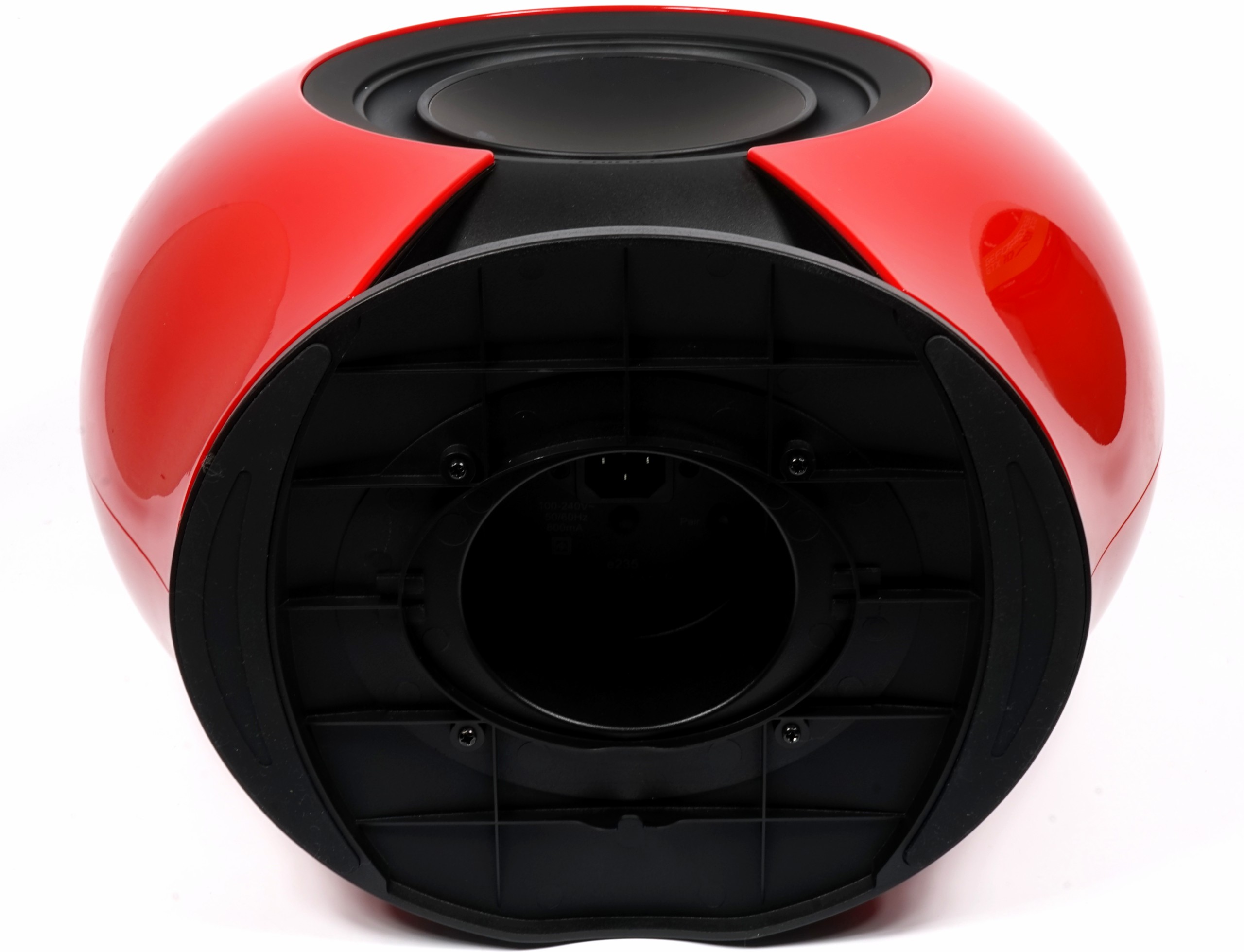
The subwoofer is wirelessly connected and can also be connected via Bluetooth. This is done simply (and only once necessary) via the pairing button in the ground next to the mains jack. The subwoofer, like the satellites, also has an automatic shutdown if the signal is absent for some time. Then the power consumption of both subsystems is well below 0.5 watts. It also restarts very quickly if the signal becomes active again.
The built-in 100-watt power amplifier with 4-channel chip in bridge circuit is expected to be used for approx. Eel 70 watts of sine power at 80 Hz, which is more than sufficient. The two passive membranes radiate very well, but they should not be aligned against a nearby wall. Edifier gives the output power of the overall system with just under 170 watts of RMS, which is rather approx. a good 120 watts of electrical power is likely to be equivalent to a good 120 watts of electrical power, but still more than enough to kill Kenny nonchalantly again with the breathless Helene bass drum of the night. By the way, the neighbours are right with you.
































Kommentieren